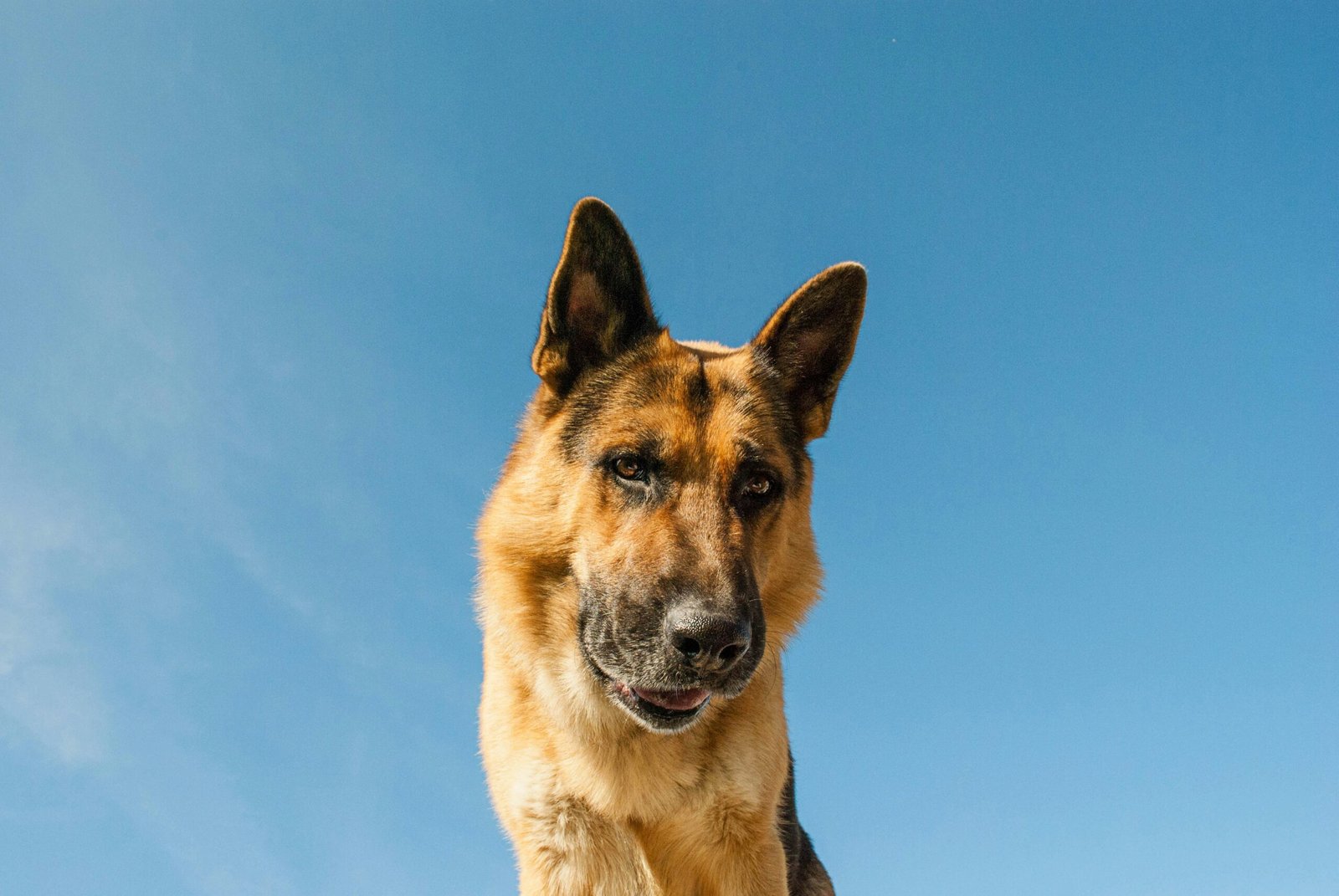Understanding the Risks of Extreme Temperatures
Extreme temperatures present notable hazards to pets, especially in the Midwest, where weather conditions can experience drastic fluctuations. Both intense heat and frigid cold can have adverse effects on animal health. Understanding these risks is essential for pet owners to ensure the safety and well-being of their furry companions.
During heatwaves, pets are at a high risk of suffering from heatstroke, a serious condition that can lead to organ failure or even death. Signs of heatstroke in pets include excessive panting, drooling, a rapid heartbeat, weakness, and loss of consciousness. Larger pets, older animals, and breeds with flat faces like Bulldogs are particularly vulnerable. It is vital for pet owners to monitor their animals for these symptoms during hot spells and provide adequate hydration and shade.
Conversely, extreme cold poses its own set of dangers. Pets can develop frostbite on exposed skin, particularly on their ears, tails, and paws. Signs of frostbite include a change in color to gray or blue and areas that feel extremely cold to the touch. Additionally, hypothermia can occur in pets when temperatures drop significantly, leading to symptoms such as shivering, lethargy, and a slowed heart rate. Small, young, or ill pets, as well as those with thin coats, are especially susceptible to these cold-related hazards.
In summary, both heat and cold can significantly impact the health of pets, making it crucial for owners to remain vigilant and informed. By recognizing the signs and understanding the risks associated with extreme temperatures, pet owners can take proactive measures to protect their beloved animals during weather events typical of the Midwest.
Creating a Safe Indoor Environment
Ensuring a safe indoor environment for pets during extreme temperatures is essential for their health and well-being. In hot summer months, temperature control is crucial to prevent overheating, which can be life-threatening. One effective strategy is to utilize fans and air conditioning to maintain a comfortable indoor climate. Positioning fans strategically can improve air circulation, helping to keep your pet cool. It is also vital to ensure that your living space is well-ventilated, as stagnation can lead to an increase in indoor temperatures. Opening windows during cooler parts of the day can enhance airflow, promoting a refreshing atmosphere for your pet.
In addition to these measures, providing ample fresh water is paramount. Pets can easily become dehydrated in hot weather, so changing their water frequently and offering ice cubes on particularly warm days can help keep them hydrated and comfortable. If you notice your pet panting excessively or appearing lethargic, this may indicate overheating, and immediate action should be taken to cool them down.
Building a safe indoor space for pets during extreme temperatures in the Midwest is a necessary commitment. Observing your pet’s behavior and adapting your environment accordingly will contribute significantly to their comfort and well-being, ensuring they remain protected from the elements.
Adapting Your Outdoor Routine
Modifying outdoor activities is essential for keeping pets safe during extreme temperature fluctuations, particularly in the Midwest. During hot summer months, it is advisable to plan dog walks during the cooler parts of the day. Early morning or late evening strolls not only help prevent overheating but also reduce the risk of paw burns from hot pavement. It is essential to monitor your pet for signs of heat stress, such as excessive panting or lethargy, and to adjust the duration of outdoor activities accordingly.
Providing ample opportunities for shade and hydration during outdoor play is equally crucial. Ensure that your pet has access to shaded areas, whether that’s under trees or through the use of dog tents. Additionally, keeping fresh water readily available will help stave off dehydration. Pet parents can also carry portable water bowls during walks to ensure their furry companions remain well-hydrated. Remember that, like humans, pets can suffer from heat-related ailments, making hydration an important aspect of their outdoor routine.
In contrast, winter months present their own set of challenges. Dressing pets in protective clothing such as sweaters or jackets can help retain body heat when temperatures drop. These items are especially important for small or short-haired breeds that are more susceptible to cold weather. Furthermore, booties or paw wax can protect pets’ paw pads from ice and harmful salt used on sidewalks. It is prudent to limit outdoor exposure on particularly frigid days and offer indoor activities that provide stimulation without risking exposure to extreme cold.
By carefully adapting outdoor routines to accommodate the temperature, pet owners can help ensure that their pets remain safe and comfortable throughout the year. Making these adjustments not only protects pets’ health but also enhances their overall enjoyment of outdoor adventures.
Monitoring Your Pets’ Health and Behavior
Understanding and monitoring your pets’ health and behavior is paramount, particularly during times of extreme temperatures in the Midwest. Pets, much like humans, can experience significant discomfort and health issues due to sudden shifts in temperature. It is essential to be vigilant for signs of heat stress during the sweltering summer months and cold stress when temperatures drop in winter.
One of the first indicators of a pet’s discomfort can be changes in their behavior. For instance, if your dog starts panting excessively, refuses to eat or drink, or seems lethargic during hot weather, these may be signs of heat exhaustion. Similarly, in cold weather, if your pet is shivering, seeking out warmth, or showing reluctance to go outside, it is critical to assess their well-being immediately. Identifying these warning signs early allows for timely intervention, which can greatly reduce the risk of serious health complications.
Regular veterinary check-ups are important, particularly during seasonal transitions. Vets can provide tailored advice on how to support your pets through temperature changes and help assess their overall health. Ensuring your pet is well-hydrated and has access to shade during heat waves or sufficient bedding to shield them from cold will assist in their acclimation to varying temperatures. Additionally, special attention should be given to breeds and species that may be more sensitive to extreme conditions.
Should you notice any concerning symptoms or if your pet seems particularly stressed, seeking professional help is advisable. By staying proactive and attentive to your pets’ health and behavior, you can ensure they remain safe and comfortable despite fluctuating temperatures. Keeping an eye on their physical state and mood is essential in providing them with the care they need during these challenging weather conditions.
If you’re interested in purchasing the item you seek, please click the link for additional details: #americanachoice.
https://amzn.to/3SBN3Oy
AFFILIATE DISCLOSURE: I am an affiliate for this company, I am not a paid employee.
I may receive a commission if you click a link on this page and choose to purchase something.
You can rest assured I will only share things I believe in and will be valuable to you.



